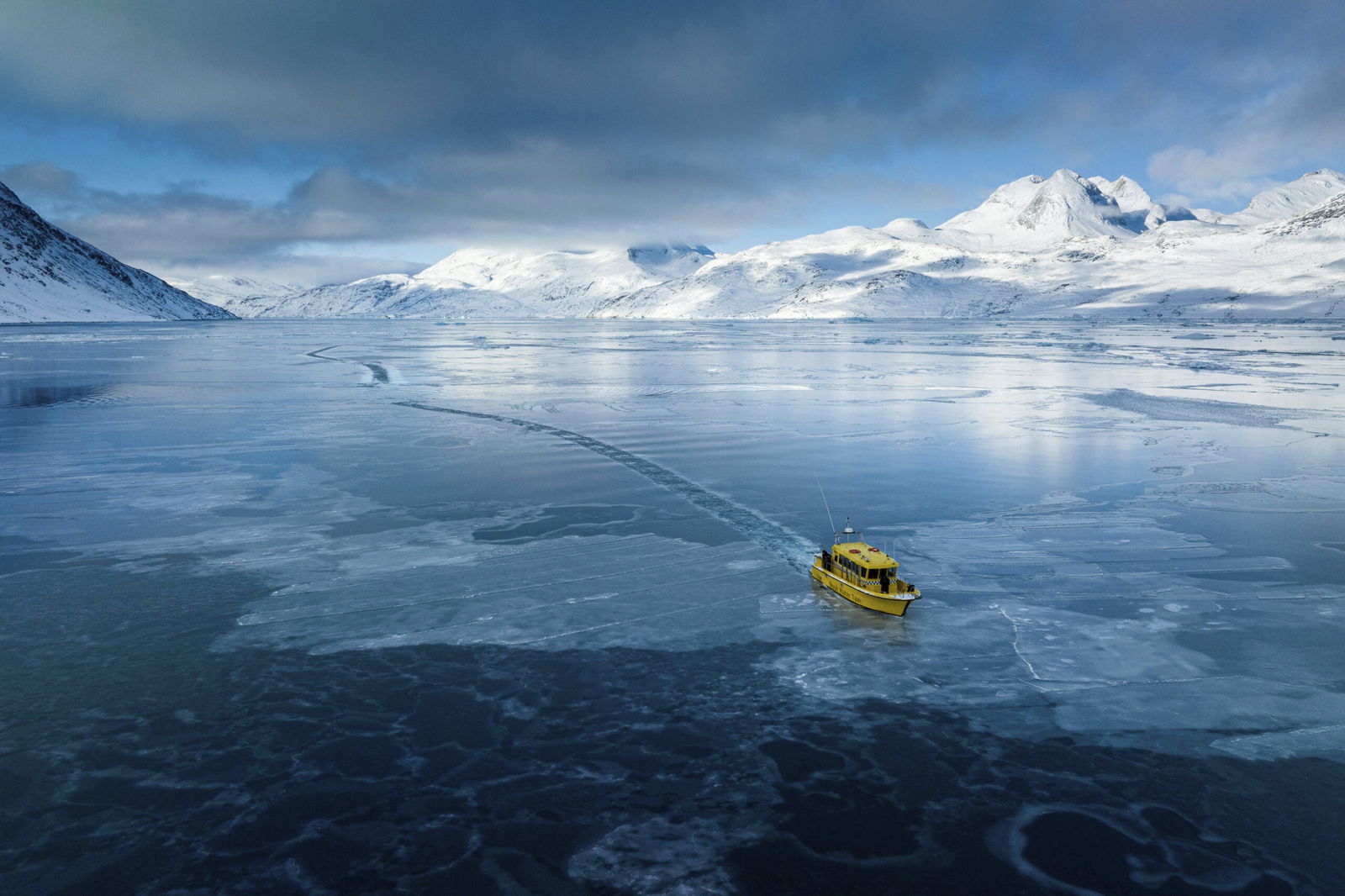Arctic sea ice hits record low for its usual peak growth period

By SETH BORENSTEIN
AP Science Writer
Arctic sea ice had its weakest winter buildup since record-keeping began 47 years ago, a symptom of climate change that will have repercussions globally, scientists said Thursday.
The Arctic reaches its maximum sea ice in March each year and then starts a six-month melt season. The National Snow and Ice Data Center said the peak measurement taken Saturday was 5.53 million square miles (14.33 million square kilometers) — about 30,000 square miles (80,000 square kilometers) smaller than the lowest previous peak in 2017.
That’s a difference about the size of California.
Scientists said warming conditions in the Arctic — the region is warming four times faster than the rest of the world — affect weather elsewhere. Pressure and temperature differences between north and south shrink. That weakens the jet stream, that moves weather systems along, making it dip further south with cold outbreaks and storms that often get stuck and rain or snow more, according to the snow and ice center and scientists such as Jennifer Francis of the Woodwell Climate Research Center in Cape Cod.
“The warming winter atmosphere above the Arctic Circle does impact large-scale weather patterns that do influence for those of us outside the Arctic,” said Julienne Stroeve, an ice scientist at the University of Manitoba.
Of the smaller sea ice, Stroeve also noted that it’s not only that there’s less of it. The remaining ice is thin enough for more of it to melt quickly this summer, Stroeve said. She cautioned that a record low area in the winter doesn’t guarantee a record small area in the summer.
Melting Arctic sea ice — mostly in the summer — is making the polar bear population smaller, weaker and hungrier because they rely on the sea ice to hunt from, scientists said.
Arctic sea ice’s biggest year since record-keeping began was 1979, at 6.42 million square miles (16.64 million square kilometers). That means since satellites began tracking it, Arctic sea ice’s winter peak has shrunk by about the size of Pakistan.
“This record low is yet another indicator of how Arctic sea ice has fundamentally changed from earlier decades,” said snow and ice data center scientist Walt Meier. He said sea ice extent is shrinking all four seasons.
The five lowest amounts for winter peak Arctic sea ice have been since 2015.
Earlier this month, Antarctica came close to breaking a record for record low sea ice — this is the time of year the region hits its minimum — and ended up with the second lowest sea level on record.
___
The Associated Press’ climate and environmental coverage receives financial support from multiple private foundations. AP is solely responsible for all content. Find AP’s standards for working with philanthropies, a list of supporters and funded coverage areas at AP.org.




